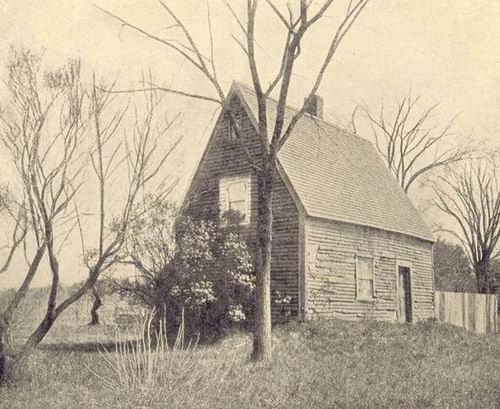|
1999-2003 (Return to Web Text-ures) |
Click Here to return to |
|
1999-2003 (Return to Web Text-ures) |
Click Here to return to |
THE BURNING OF MEDFIELD, FORMERLY A PART OF DEDHAM
The many battles with King Philip’s Indians in the outlying villages and towns were of vital importance to Boston, and every event was at once heralded there. It was customary to announce the arrival of Indians by firing off the heaviest gun in the village, and to rely upon each successive garrison on the way towards Boston to pass on the alarm. Soon after the start of King Philip’s War the only town between Medfield and the country of the Indians was Mendon, and it was not long before this town was also attacked. Previously to this, however, a false alarm of hostile designs against Mendon had been given to the citizens of Boston, and twelve hundred men were quickly assembled under arms. They were soon dismissed because it was discovered that “one who was upon guard there . . . got drunk and fired his gun, the noise of which alarmed the next neighbors and so spread to Boston.”

From a photograph.
Taken for the book.
PEAK
HOUSE, MEDFIELD.
One of the most curious of our Massachusetts houses.
The situation soon began to look so serious that on December 9, 1675, a Massachusetts force was mustered on Dedham Plain and advanced to North Kingston in Rhode Island. The white men charged a stockade nearby. To do this they had to cross, by means of a single log, a ditch that surrounded the fortress, and which was swept by the enemy’s fire. There was a race to see who would be the first to get across. This attack was a failure. A friendly Indian showed the white people a secret passage into the stockade, and many of the Indians were finally killed. The cold was so intense that the Massachusetts troops were soon obliged to return. Lancaster was attacked on February 10, and the inhabitants of Medfield then became thoroughly alarmed. They wrote to Governor Leverett for assistance, and he sent a company of eighty men as further protection. The Indians assaulted Medfield on February 21, 1676, killed many of the inhabitants and burned half of the houses in the village. King Philip was described as riding upon a black horse, leaping back and forth over fences, thoroughly enjoying the havoc he was making. It is believed that he caused to be written a paper threatening to repeat his visit every year for twenty years. The Great Gun, as it was called, was fired as a signal to the town of Dedham that the redmen had begun their deadly work, and on the second report the Indians became frightened and fled, retiring to a hill nearby, where they roasted an ox and held a savage feast. Medfield was allowed by the State £87 10s, for the loss sustained.
The old “Peak” house shown is popularly believed to have been the only house which was not burned at the time of the massacre, but this is not so. It was originally built in 1651 and was burned during the attack. The present house was built by Seth Clark, who was the owner of the original house at the time it was burned. It is an exact reproduction of the former one and is one of the most curious in shape of any in New England. The house came into the possession of Daniel Adams, and he sold it to Michael Callahan, who in turn sold it to the present owner, Fred M. Smith. It is the oldest house in Medfield, and some of the original panes of glass in the windows, which were imported from England, are still to be seen.
Medfield was originally part of Dedham and was purchased on November 14, 1649 from Dedham for £50 which was “to be divided among such of the inhabitants of Dedham as did not move to the village.” Ralph Wheelock was the prime mover in starting this new town and has been called “the founder of Medfield.” Dedham also originally included Norwood, Walpole, Wrentham, Franklin, Bellingham, Needham, Dover and a part of Natick and Hyde Park.